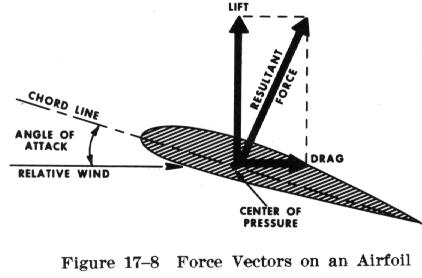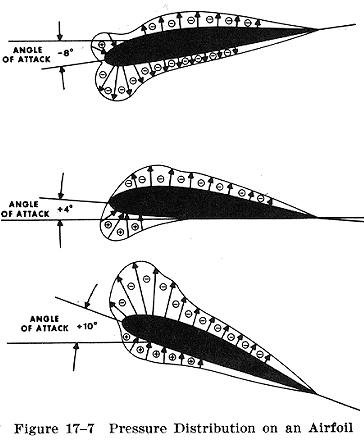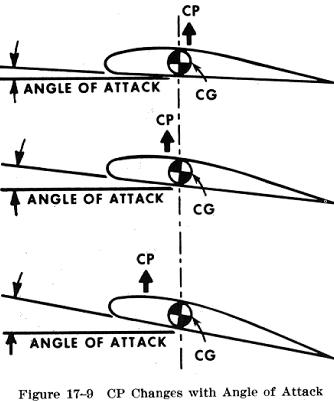 |
In the airplane's normal range of flight attitudes, if the angle of
attack is increased, the center of pressure moves forward; and if decreased,
it moves rearward. Since the center of gravity is fixed at one point, it
is evident that as the angle of attack increases, the center of lift (CP)
moves ahead of the center of gravity, creating a force which tends to raise
the nose of the airplane or tends to increase the angle of attack still
more. On the other hand, if the angle of attack is decreased, the center
of lift (CP) moves aft and tends to decrease the angle a greater amount.
It is seen then, that the ordinary airfoil is inherently unstable, and
that an auxiliary device, such as the horizontal tail surface, must be
added to make the airplane balance longitudinally. The balancing forces
imparted by the tail surfaces will be discussed later in the chapter. |


